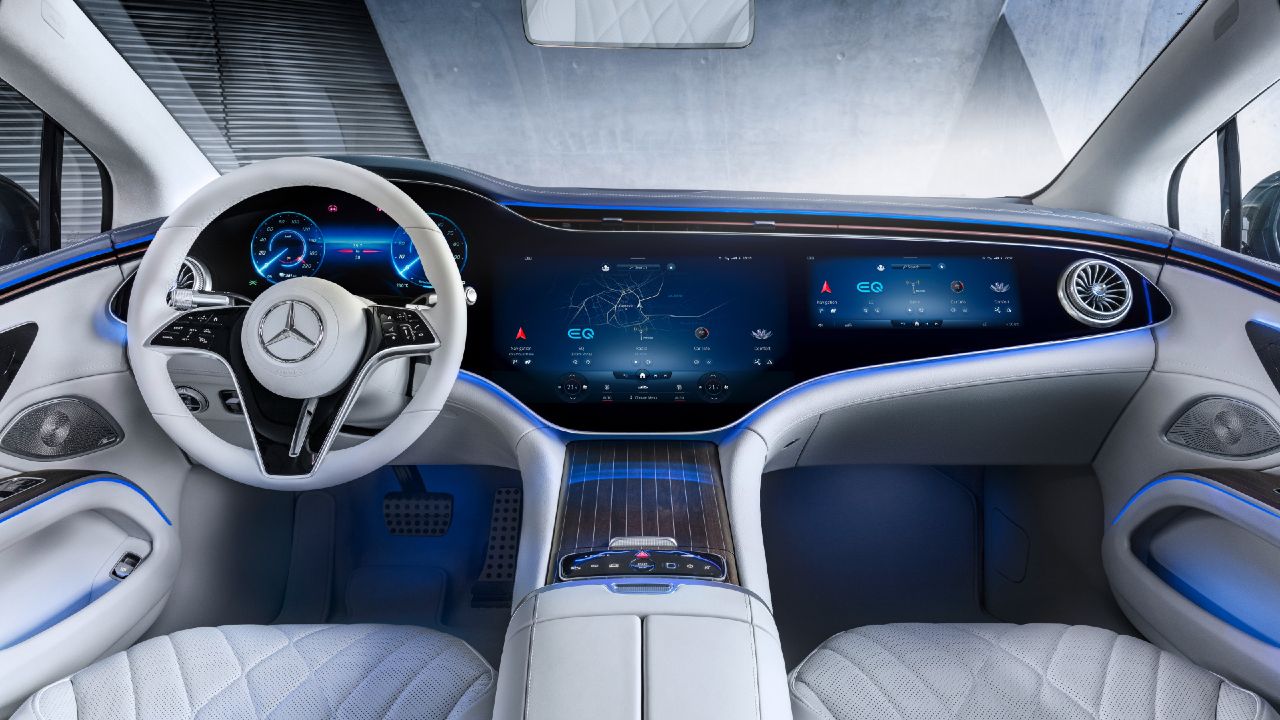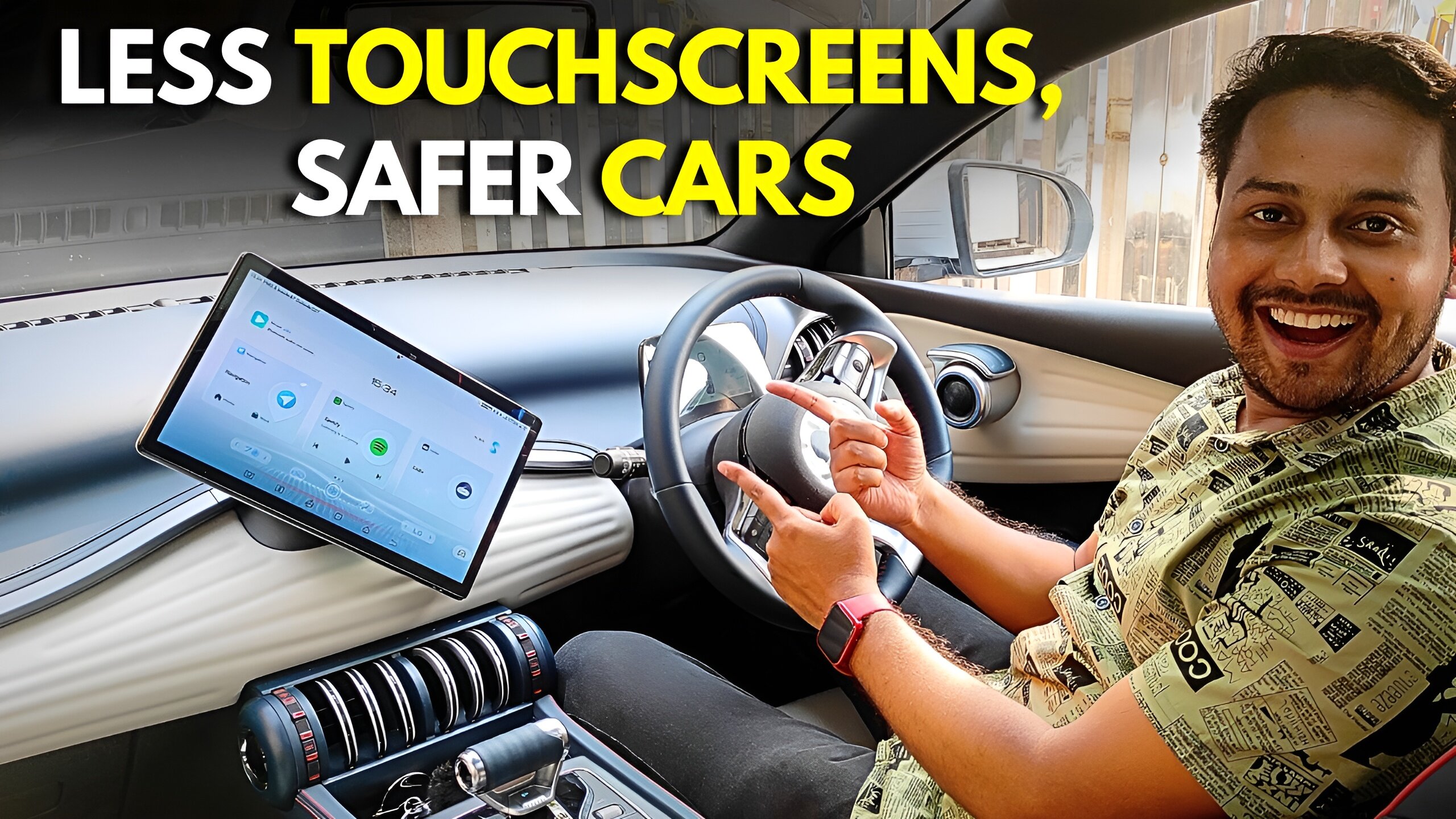European car safety organization Euro NCAP is concerned about the growing use of touchscreens in cars. Touchscreens, once considered novel, have become a common feature in car interiors, with some luxury cars almost completely relying on them. Euro NCAP plans to introduce new guidelines in 2026 to address safety concerns associated with touchscreens.
Matthew Avery, Euro NCAP’s director of strategic development, highlights the risk of distraction crashes due to drivers taking their eyes off the road to use touchscreens. The new rules, if implemented, will require European cars to use traditional buttons, dials, or stalks for essential functions like hazard lights and indicators.

According to The Verge, companies such as Tesla and Volkswagen, renowned for their touch-sensitive controls, could come under scrutiny under these guidelines. While touchscreen interfaces offer cost-effectiveness, Euro NCAP underscores the importance of physical controls to bolster safety.
Many automakers are shifting from physical controls to touchscreen displays, making simple tasks more complex. Euro NCAP’s safety guidelines are not mandatory, but car manufacturers value their safety ratings. Achieving a five-star rating from Euro NCAP is a significant selling point, influencing the industry’s safety standards.
“The overuse of touchscreens is an industry-wide problem, with almost every vehicle-maker moving key controls onto central touchscreens, obliging drivers to take their eyes off the road and raising the risk of distraction crashes,” said Matthew Avery, director of strategic development at Euro NCAP, to the Times.
In conclusion, Euro NCAP’s move towards using fewer touchscreens in cars aims to make driving safer by minimizing distractions. While not legally binding, their safety ratings hold sway in the industry, potentially leading to positive changes in car design and promoting safer driving experiences.

